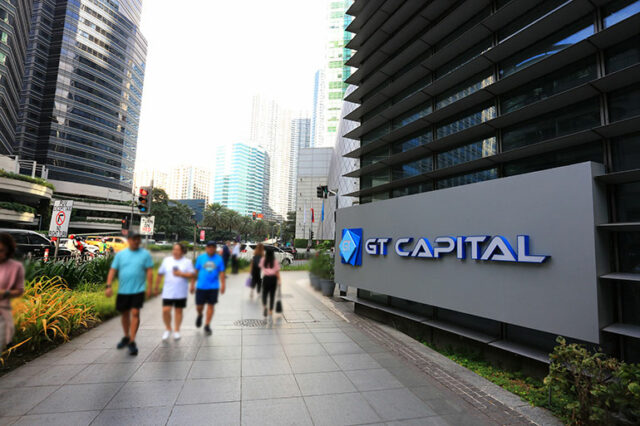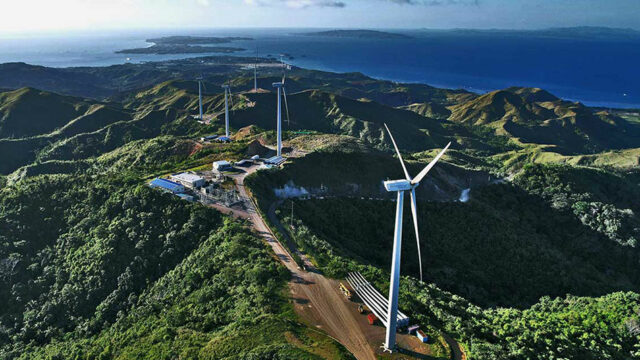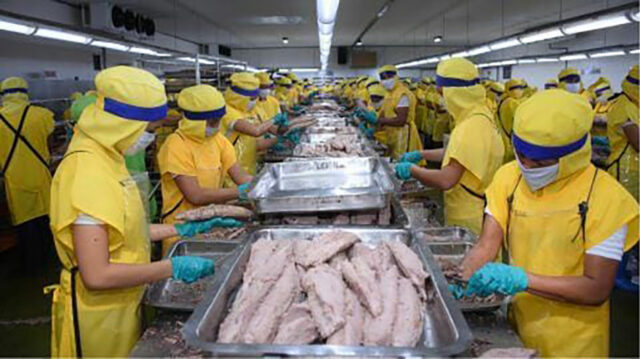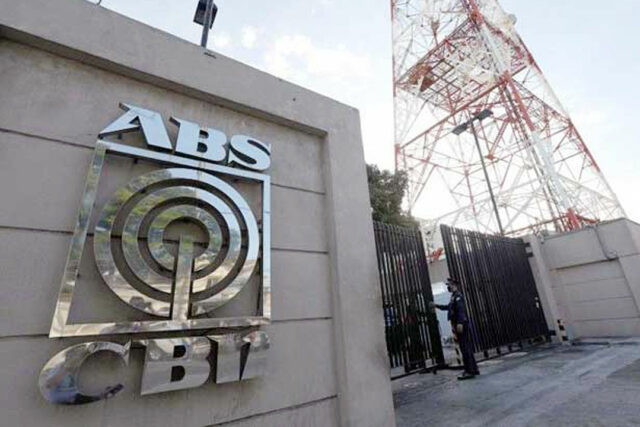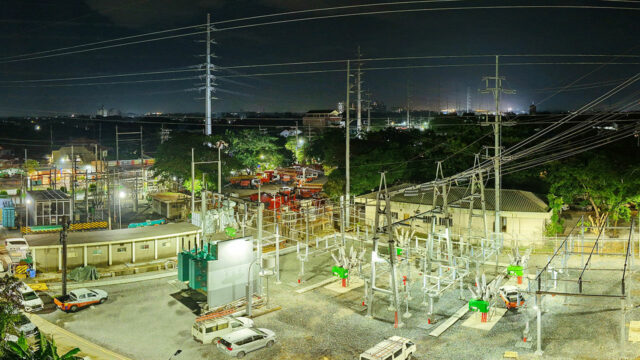NG debt to breach P19 trillion in 2026
By Aubrey Rose A. Inosante, Reporter
THE NATIONAL Government’s (NG) outstanding debt is projected to balloon to a record P19.06 trillion by the end of 2026, a Department of Budget and Management (DBM) document showed on Wednesday.
This as the government is planning to borrow P2.68 trillion next year to fund the national budget.
The 2026 Budget of Expenditures and Sources of Financing showed the NG’s debt stock is expected to increase by 9.78% from the revised P17.36-trillion estimate for end-2025.
Of the total, domestic debt is expected to rise by 10.27% to P13.28 trillion by end-2026 from the projected P12.04 trillion by end-2025.
Outstanding external debt is also seen to jump by 8.67% to P5.78 trillion by end-2026 from P5.31 trillion by end-2025.
Finance Secretary Ralph G. Recto told BusinessWorld the NG debt is still manageable, noting the economy will be roughly worth P31.8 trillion by 2026.
As of June, the Philippines’ sovereign debt hit a fresh high of P17.27 trillion, up 11.5% from P15.48 trillion in the same month in 2024.
This brought the debt-to-gross domestic product (GDP) ratio to 63.1% at the end of June, the highest ratio since 2005. This is above the 60% debt-to-GDP threshold considered by multilateral lenders to be manageable for developing economies.
“It’s still consistent with our MTFF (Medium Term Fiscal Framework). But we want it at least 60%, that’s the international standard,
Budget Secretary Amenah F. Pangandaman told reporters on the sidelines of the 2026 National Expenditure Program turnover in the House of Representatives.
“Hopefully, we get to that or if possible, even lower around 59% or 58%,” Ms. Pangandaman said.
The DBM said it now expects the debt-to-GDP ratio to settle at 61.3% by end-2025, slightly higher than the previous target of 60.4%.
By end-2026, the debt-to-GDP ratio is seen to pick up to 61.8%.
Budget Assistant Secretary Romeo Matthew T. Balanquit said the higher projections for the debt-to-GDP ratio factored in expectations of slower economic growth.
Economic managers in June narrowed the GDP growth target range to 5.5-6.5% this year from the previous target of 6-8%, “reflecting a more measured and resilient outlook amid global headwinds.”
The growth target was also trimmed to 6-7% for 2026 to 2028 from 6-8% previously.
Mr. Balanquit said the massive debt was accumulated by the government during the coronavirus disease 2019 (COVID-19) pandemic.
“We are paying our debts during the pandemic times. We really need to step up our interest payments. But the good thing here is, interest rates are actually going down,” he said.
“We will also see that the cost of borrowing will be lower over the next few years. Admittedly, our interest payments are increasing,” he added.
BORROWING PROGRAM
Meanwhile, the government’s borrowing program for 2026 was set at P2.68 trillion, up 3.15% from P2.6 trillion this year.
Mr. Balanquit said the borrowing mix remains at a 80:20 ratio in favor of domestic sources to minimize risks from external shocks.
Gross domestic borrowings were set at P2.05 trillion for 2026, 2.7% higher than the P2.11-trillion program in 2025. This includes P1.99 trillion in fixed-rate Treasury bonds and P60 billion in Treasury bills.
On the other hand, gross external borrowings were set at P627.1 billion for next year, 28.46% higher than P488.17 billion this year.
This includes P302.100 billion in bonds and other inflows, P263.29 billion in program loans, P61.71 billion in project loans.
At the same time, the debt service bill is set at P2.01 trillion in 2026, down 2.36% from P2.05 trillion this year.
The government said it will spend P1.06 trillion for principal amortization next year, 12.48% lower than P1.21 trillion in 2025.
For interest payments, the government allocated P950 billion, down by 12% from P848 billion this year.
TAX REVENUES
For 2026, the NG aims to collect P4.98 trillion in revenues, 10.24% higher than the P4.52-trillion projected collection this year.
The government expects to collect P4.63 trillion in tax revenues next year, a 9.96% increase from its P4.21-trillion projection this year.
The Bureau of Internal Revenue is expected to collect P3.58 trillion, while the Bureau of Customs is seen to generate P1.01 trillion.
On the other hand, nontax revenues are expected to fall by 17.38% to P249.1 billion next year from P301.5 billion this year.
Proceeds from the government’s privatization program are expected to surge to P101 billion in 2026 from P5 billion this year.






